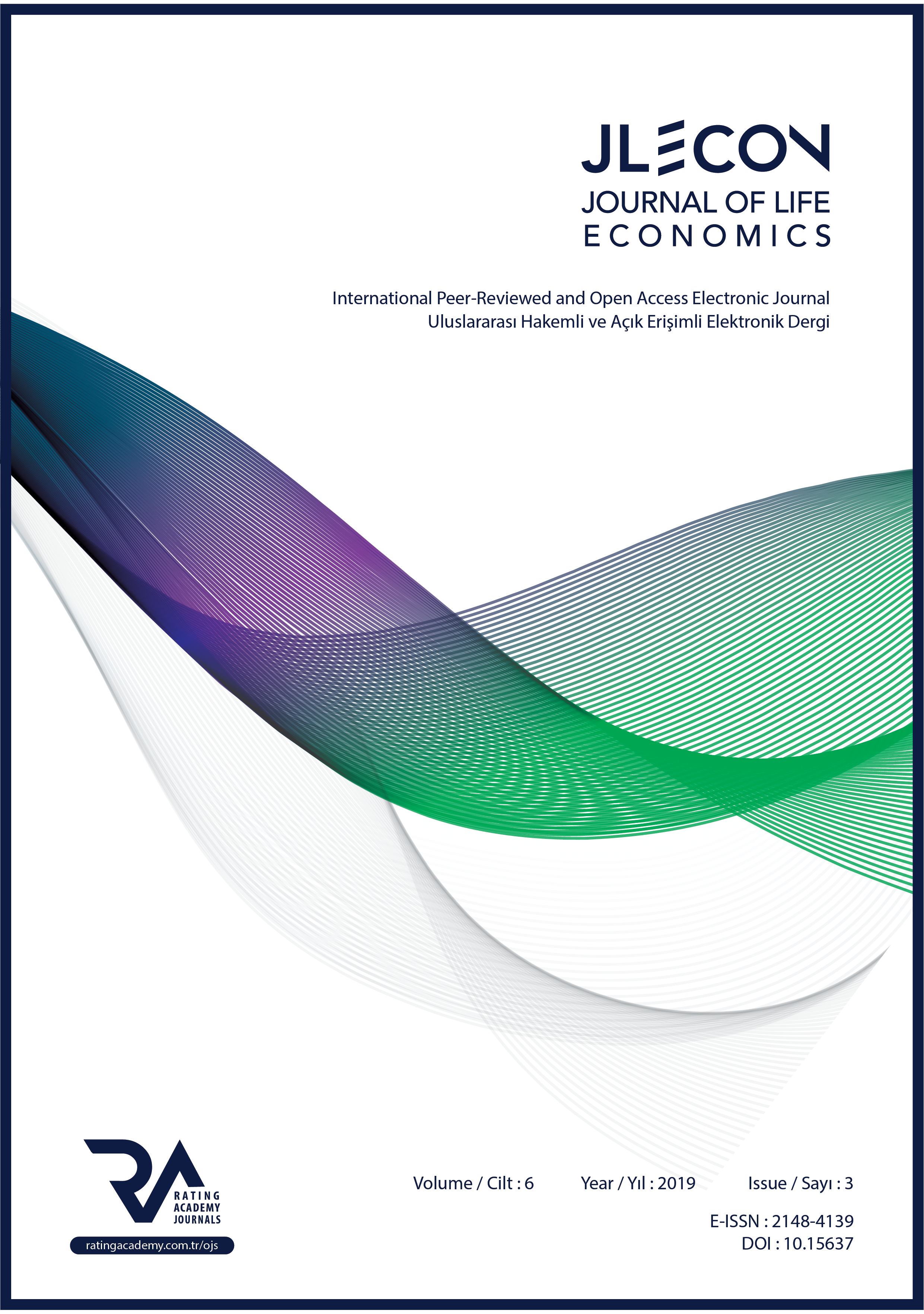EKONOMETRİK ZAMAN SERİLERİ TAHMİNİNDE BULANIK ZAMAN SERİLERİ YÖNTEMLERİNİN KARŞILAŞTIRILMASI
COMPARISON OF THE PERFORMANCE OF FUZZY TIME SERIES METHODS BASED ON CLUSTERING IN THE ECONOMETRIC TIME SERIES ESTIMATION
Author(s): Aytaç PEKMEZCİ, Nevin Güler DİNCER, Öznur İŞÇİ GÜNERİSubject(s): Economy, Methodology and research technology
Published by: Rating Academy
Keywords: Fuzzy Clustering; Fuzzy Time Series; Time Series Analysis; Forecast;
Summary/Abstract: Fuzzy Time Series (FTS) methods are used frequently in time series analysis due to their advantages such as having no assumptions, having few observations, being able to process incomplete, uncertain and linguistic data. The FTS consists of 6 steps, each of which has a significant impact on forecasting performance. A number of methods have been developed to improve these steps and hence improve the performance of FTS. Some of these studies are based on the use of fuzzy clustering algorithms in the blurring step of FTS. However, so far, there is no study based on comparing the performance of these methods in the estimation of econometric time series. In this study, 3 FTS methods using the Fuzzy C-Means (FCM), Gustafson-Kessel (GK) and Fuzzy K-Medoids (FKM) clustering algorithms were applied to the 454 econometric time series in the blurring step and the predicted results were compared according to the criterion of conformity 3. As a result of the comparisons, it was concluded that the performance of the FTS method based on BKM algorithm is better.
Journal: Journal of Life Economics
- Issue Year: 6/2019
- Issue No: 3
- Page Range: 307-320
- Page Count: 14
- Language: Turkish

